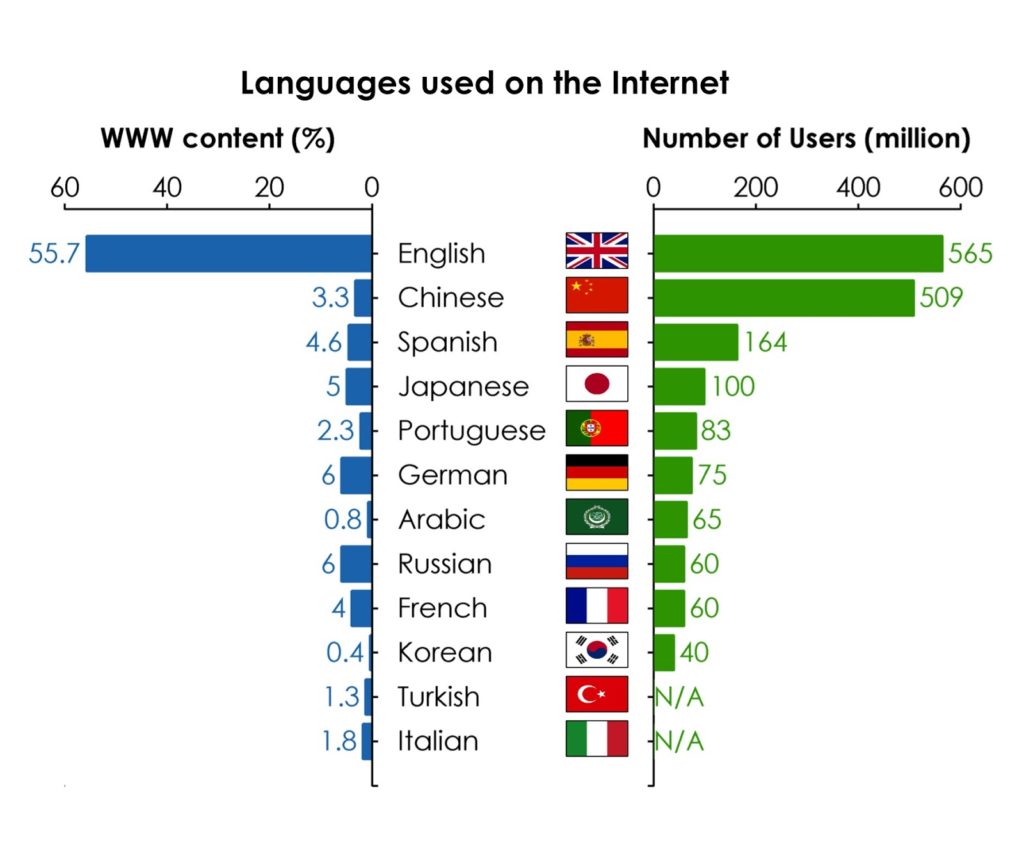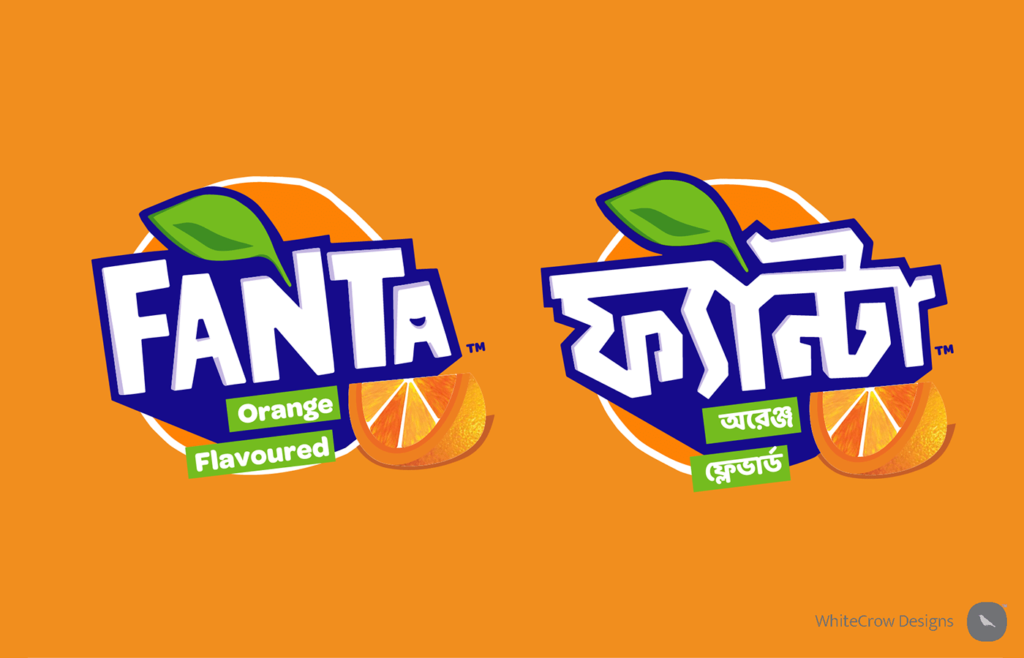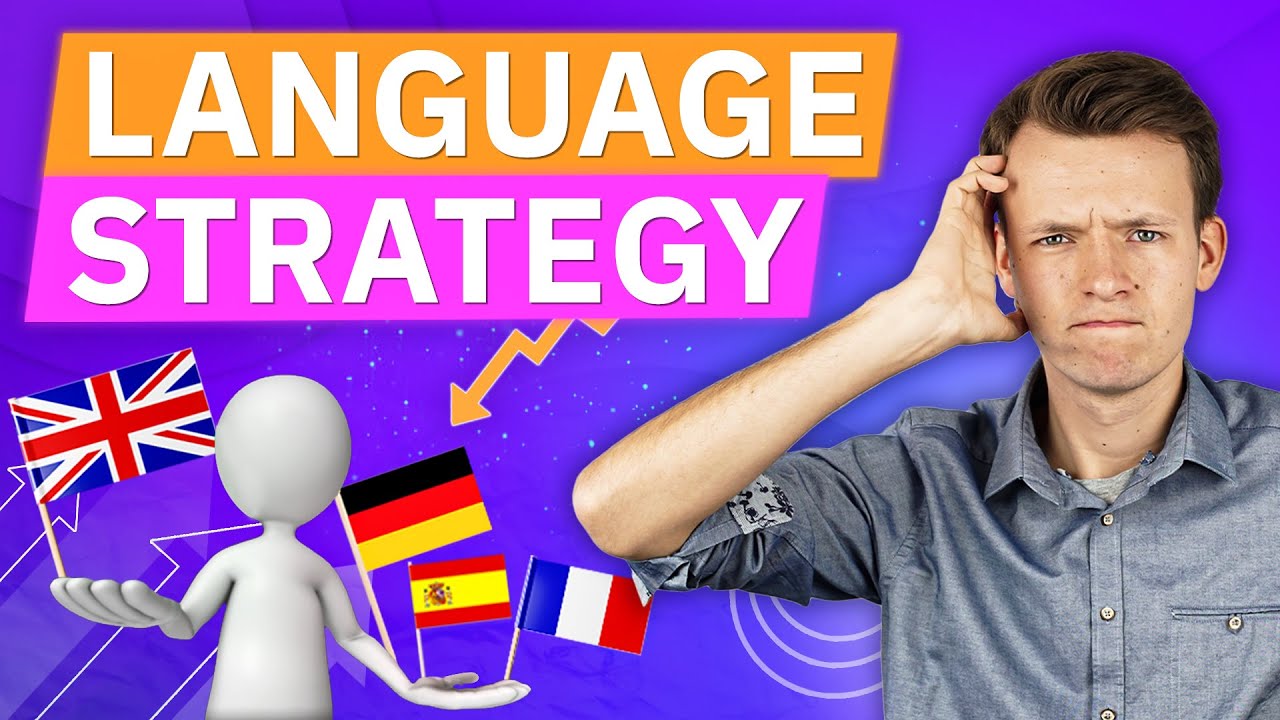
08 Mar What Is Multilingual Content Marketing?
What Is Multilingual Content Marketing?
Content marketing strategies that do not take into account the multilingual and multicultural aspects into consideration are limited. We live in a diverse world, and access to the internet has expanded to almost every part of the globe.
Billions of people around the globe are shifting to online marketplaces. But is your content multilingual to capture the potential emerging markets?
If you want to tap into the new market segments, you must reorient your content marketing strategy. The reorientation of content marketing strategy pertains to multilingual content marketing.
What Is Multilingual Content?

Multilingualism refers to a person’s or a group of people’s capacity to converse efficiently in multiple languages. Content is information, and people look for information that can facilitate them in solving a query or selecting a product. Information is not limited to any particular language.
The monolingual content only has access to those who speak that particular language. In contrast to monolingual content, multilingual content caters to the needs and demands of diverse people.
Multilingual content must provide material in multiple languages. Multilingual content provides distinct versions of a website in multiple languages. Multilingual content makes the information accessible to different language speakers.
Why Is Multilingual Content Important?
Content localisation has occupied a central role in digital marketing. It is a huge step towards expanding your online presence.
Monolingual content, especially in English, has limited access to millions of people across the globe. It is because many people cannot understand the content in English, and some prefer their own language.
The purpose of content is to create and distribute content to attract and retain customers. Businesses that are not making their content multilingual are missing out on many opportunities.
In a nutshell, if you want to expand your products and services globally, you must communicate with the audience in their language.

What Is Multilingual Marketing?
Multilingual marketing is critical for targeting new markets and boosting revenue and profits. Multilingual marketing has to cater to regional needs, and it is different from marketing in the home country. It requires the localisation of promotional and marketing activities.
It can lead to exponential growth and new customer segments. A company that wants to expand its operations globally to the new markets must switch to multilingual marketing. Because if the company is marketing its products in the language of its home country, it is doubtful that it will attract a new audience.
To communicate effectively about the brand, it is essential to market the products and services in multiple languages.
Multilingual content marketing encompasses the creation of content in multiple languages. Content type and format vary across blog posts, opinion editorials, category pages, and product pages.
Multilingual marketing necessitates the creation of multilingual content. It provides people with proper instructions and knowledge about the company. It can enhance the brand image and increase people’s awareness about the products and services.
The primary goal of content marketing is to establish customer trust and loyalty. To do so, you must communicate in their language and appreciate their cultural attributes. As a result, multilingual content marketing entails translating and localising material for each market.
Multilingual marketing requires expertise and effort to reach out to new clients and form genuine ties.
Communicating with the consumers in their native language allows the businesses to develop an in-depth and nuanced understanding of the cultural preferences. It also allows the business to devise marketing strategies that appeal to their needs and desires.
Most people who are unable to build strategies get help from assignment writing services related to their multilingual content.
What Is A Multilingual Campaign?

A multilingual campaign is a marketing strategy carried out by businesses that aim to attract customers who do not speak the language of the brand’s home country. The purpose of multilingual campaigns is to elicit the people’s emotions by running a multilingual campaign.
The multilingual campaign appeals to the cultural references of the people. It appeals to the localised needs and demands of people. Multilingual campaigns take into consideration the consumer behaviour of local markets.
Also, they take into account people’s habits, preferences, likes, and dislikes. Language has a direct impact on the formulation of culture and identity. Language shapes our preferences, thoughts and behaviour. Multilingual campaigns understand linguistic and cultural diversity.
Businesses should carefully plan and promote their marketing campaigns that cater to the local needs. It helps them build close ties with the new customer segments and helps make the brand relatable to the cultural context.
Businesses that operate globally are aware of the intricacies of language. These businesses are global, but their marketing campaigns are better suited for local needs.
Multilingual campaigns require identifying the variations in local needs and demands. Businesses have to incorporate these variations in their global marketing campaigns to increase accessibility. An excellent multilingual campaign has the following features:
Localisation
Effective multilingual marketing campaigns strategise their marketing activities based on the needs and preferences of people from each region.
The success of these campaigns depends upon the alignment of localised strategies with the company’s global outlook.
For example, Domino’s pizza caters to the varying needs of different regions, and its marketing campaigns are consistent with their global outlook.
Cultural Diversity
Multilingual marketing campaigns take into account cultural diversity. Cultural references and symbols are essential for people to align with a particular entity.
If a company only uses its home country’s visuals in its marketing campaigns, it is improbable that people will relate to the brand. So, an excellent multilingual marketing campaign appeals to the visuals and symbols of various cultures.
What Is Multilingual Branding?

As the term implies, multilingual branding comprises all branding crafted in multiple languages. To keep in mind, multilingual branding encompasses more than language translations. Multilingual branding requires allusion to cultural signs and symbols.
Branding is an essential component of a business and comes within the purview of marketing. Branding pertains to all those marketing activities that aim to promote the products and services of a company.
Multilingual branding has to consider every facet of the target market. Multilingual branding appeals to the local slang and the cultural sensitivities of every region, and the primary purpose is to avoid getting lost in translation.
What Are The Best Techniques You Can Follow?
The success of multilingual content marketing depends upon the techniques different businesses adopt. The strategies are not limited to translating the content into multiple languages.
Their scope is much more comprehensive and extends to a broader understanding of cultural and regional differences. Entry into each new market compels businesses to devise suitable marketing strategies for each region.
It applies to both words and visuals they employ and the outlets used for marketing content. Businesses also have to be considerate about the fact that in what manner they are utilising the marketing platforms.
To expand the business outreach to a new market, it is essential to do extensive research about people’s habits and cultural preferences.
Multilingual content marketing is about understanding various languages. It also entails how language shapes the habits and preferences of people.
Let’s walk you through some of the best techniques necessary for multilingual content marketing.
1. Research
Every marketing campaign and promotional activity begins with research. Research occupies a significant role when it comes to global content marketing.
Without research, the businesses are at a disadvantage, and they fail to understand the diversity and complexity of local markets. You should conduct detailed market research before proceeding.
First, examine the advantages and disadvantages of entering a new market. If everything appears to be in order, move on to a more thorough examination of the target population. Learn about their passions and how you can engage them.
If you are unaware of the people you are trying to sell your products to, your content marketing will fail.
Secondly, it is pointless to promote a product that has no appeal to the cultural sensibilities of the people.
2. Strengthen Your Core Business Value
You must have heard the famous saying “Change starts from home”. Your brand must have a firm footing in its first language. It is critical to retain the core business value while shifting to global content marketing.
Every business has a core business value or a message that distinguishes it from others. While considering the regional market demands and multilingualism, businesses cater to regional and cultural aspirations.
But, they must not compromise on their core message or fundamental values. For example, Toyota caters to each regional market’s specific needs and demands.
But, Toyota does not compromise on its basic philosophy, “Kaizen”, which means continuous improvement.
3. Content Creation
- Keep it Simple
The first thing to remember is to create straightforward content. There is no need to go over the board to create an appeal for your content. Excessive imitation leads to mimicry, and you might end up losing your originality and core values.
- Focus on the Local Needs
Content marketing for various markets should be customisable to their specific needs. It should consider the ways of life and behaviours of the people.
Multilingual content marketing is more than just translating the information on the websites into multiple languages.
When it comes to multilingualism, businesses rely on automatic translation tools. These tools only translate the literal aspects of the text. These tools fail to register various languages’ colloquialisms, slang and idiomatic expressions.
Another tendency among businesses is to rely too much on native translators. You must hire native translators based on their expertise and understanding of the local vernacular.
Businesses should train native content marketers to align the local vernacular with the brand’s global vision. Localisation of information and content requires allusions to cultural and historical aspects.
- Transcreation
It requires not just translation but transcreation. Transcreation pertains to strategies and methods in linguistics and translation studies.
Transcreation necessitates retaining the speaker’s purpose, style, tone, and context while translating from one language to another.
Companies should design and distribute content in such a manner that can evoke emotions and feelings peculiar to the embedded meaning of language.
Transcreation encompasses written content, visuals, and videos that appeal to cultural sensibilities.
- SEO strategies
Search Engine Optimisation (SEO) strategies have the potential to drive the most organic traffic for your content. The same is the case with global content marketing strategies, but you will have to incorporate multilingual keywords to drive international traffic to your websites.
Your multilingual content marketing strategy must include SEO and keywords. Keep in mind that search phrases vary by language, so do your homework to find the best keywords for every market. It also applies to hashtags, which you should not translate.
4. Streamline your Channels
Content marketing requires integrated channels to distribute and promote the content. Every bit of information should receive as much coverage as possible. Integration entails creating multi-channel campaigns and linking your localised websites, blogs and social media channels.
5. Organisation
The organisation is the key when it comes to multilingual content marketing. All your efforts will go in vain if you do not have a system to keep things organised. Ensure that you have an appropriate content management system with a centralised monitoring system.
The centralised software allows you to integrate and monitor your multilingual content. WordPress can create multiple language versions and link them to your social media channels.
You can also use ‘Yoast’ SEO to optimise the translated content, create Meta descriptions, do keyword research, and create backlinks.
Conclusion
If you want to expand globally and take benefit of the emerging markets and the growing trend of digital marketing, it is essential to adopt multilingual content marketing.
It will help you strengthen your brand image and ultimately expand your customer base and revenues. The techniques mentioned above are just a quick overview of the best global content marketing strategies. But, you will have to devise each plan carefully.
Good marketing will require a thorough examination of each step before moving on to the next. While crafting multilingual content marketing strategies, ensure that you do not lose your originality to localise your marketing campaigns.
The post What Is Multilingual Content Marketing? is by Stuart and appeared first on Inkbot Design.



